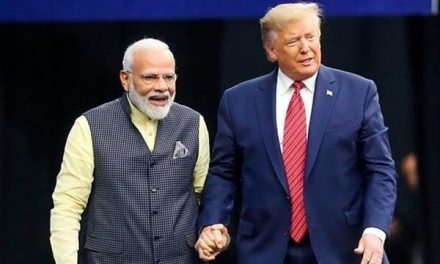In a bid to accelerate clearance of cheques, the Reserve Bank of India (RBI) on Thursday said it has decided to implement a cheque transaction system (CTS) across the country by September this year.
RBI introduced this system in 2010. At present, it is operational in some major cities. “The CTS, which is currently operational at the major clearinghouses of the country, has stabilised well and it has made large efficiency gains. In view of this, a pan-India CTS will be made operational by September 2020,” according to the Statement on Developmental and Regulatory Policies released by RBI.
Observing that digital payments in India have been growing rapidly, RBI said a digital payments index (DPI) will be launched soon.
Cheque transaction removes the need to move the physical instruments across bank branches, other than in exceptional circumstances for clearing purposes.
Instead of movement of cheques across banks, an electronic image of the cheque is transmitted to the paying branch through the clearinghouse, along with relevant information like data on the MICR band, date of presentation, presenting bank, etc.
This effectively eliminates the associated cost of movement of the physical cheques, reduces the time required for their collection and brings elegance to the entire activity of cheque processing.
Cheque transaction was implemented in Delhi in 2008 and later extended to many other cities.
In cheque transaction, the presenting bank (or its branch) captures the data (on the MICR band) and the images of a cheque using their Capture System (comprising of a scanner, core banking or other application).
The RBI today kept the repo rate unchanged while maintaining accommodative stance. “The monetary policy committee also decided to continue with the accommodative stance as long as it is necessary to revive growth while ensuring that inflation remains within the target. These decisions are in consonance with the objective of achieving the medium-term target for consumer price index (CPI) inflation of 4% within a band of 2% while supporting growth,” the RBI said in a statement.
Detailed instructions in this regard will be issued later in the day.
In continuation of efforts to facilitate interoperability of government securities depositories, as announced in the Union Budget, the RBI will modify its government securities registry (the PDO-NDS system) to include constituent details in the Constituent Subsidiary General Ledger (CSGL) accounts.
This is expected to fuel the interest of retail investors to invest in government securities, it said, adding, the upgrade is expected to be made operational by end of July 2020.











